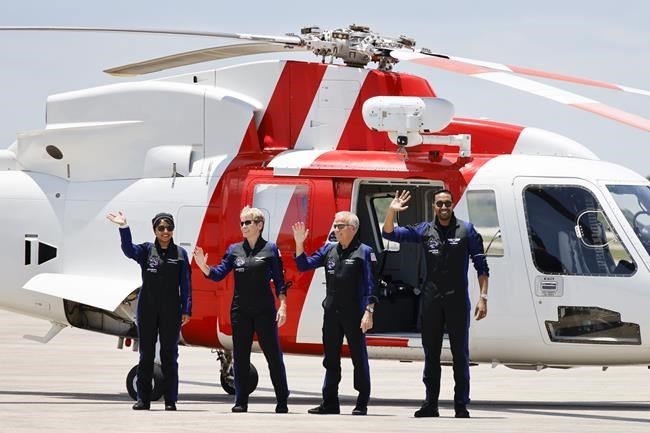Saudi Arabia Launches First Astronauts in Decades on Chartered SpaceX Mission
Key Highlights :

The Middle East has long been a hotbed of technological and scientific advancement, and Saudi Arabia is no exception. On Sunday, the country launched its first astronauts in decades on a chartered multimillion-dollar flight to the International Space Station (ISS). The mission was organized by Houston-based Axiom Space and sponsored by the Saudi Arabian government.
The four-person crew was led by retired NASA astronaut Peggy Whitson, who now works for the company that arranged the trip. Joining her were Rayyanah Barnawi, a stem cell researcher and the first woman from Saudi Arabia to go to space; Ali al-Qarni, a fighter pilot with the Royal Saudi Air Force; and John Shoffner, a U.S. businessman and former driver and owner of a sports car racing team in Europe.
The crew took off from Cape Canaveral, Florida, on a SpaceX rocket and should reach the ISS on Monday morning. They will spend just over a week there before returning home with a splashdown off the Florida coast.
The mission is a significant milestone for Saudi Arabia, which has been largely absent from space exploration for decades. The last time a Saudi citizen went to space was in 1985, when a Saudi prince launched aboard shuttle Discovery.
The mission also marks a shift in attitude from NASA, which has traditionally been wary of space tourism. Now, the agency has embraced private missions, with two planned a year.
The guests aboard the mission will have access to most of the station and will conduct experiments, photograph Earth, and chat with schoolchildren back home. They will also demonstrate how kites fly in space when attached to a fan.
The cost of the mission is unknown, though Axiom Space has previously cited a ticket price of $55 million each. NASA’s latest price list shows per-person, per-day charges of $2,000 for food and up to $1,500 for sleeping bags and other gear. Transporting items to and from the station costs roughly $10,000 per pound ($20,000 per kilogram).
The mission is a testament to the power of space exploration and the potential for the future of space travel. It is a dream come true for the crew and a reminder that anything is possible with the right resources and determination.
